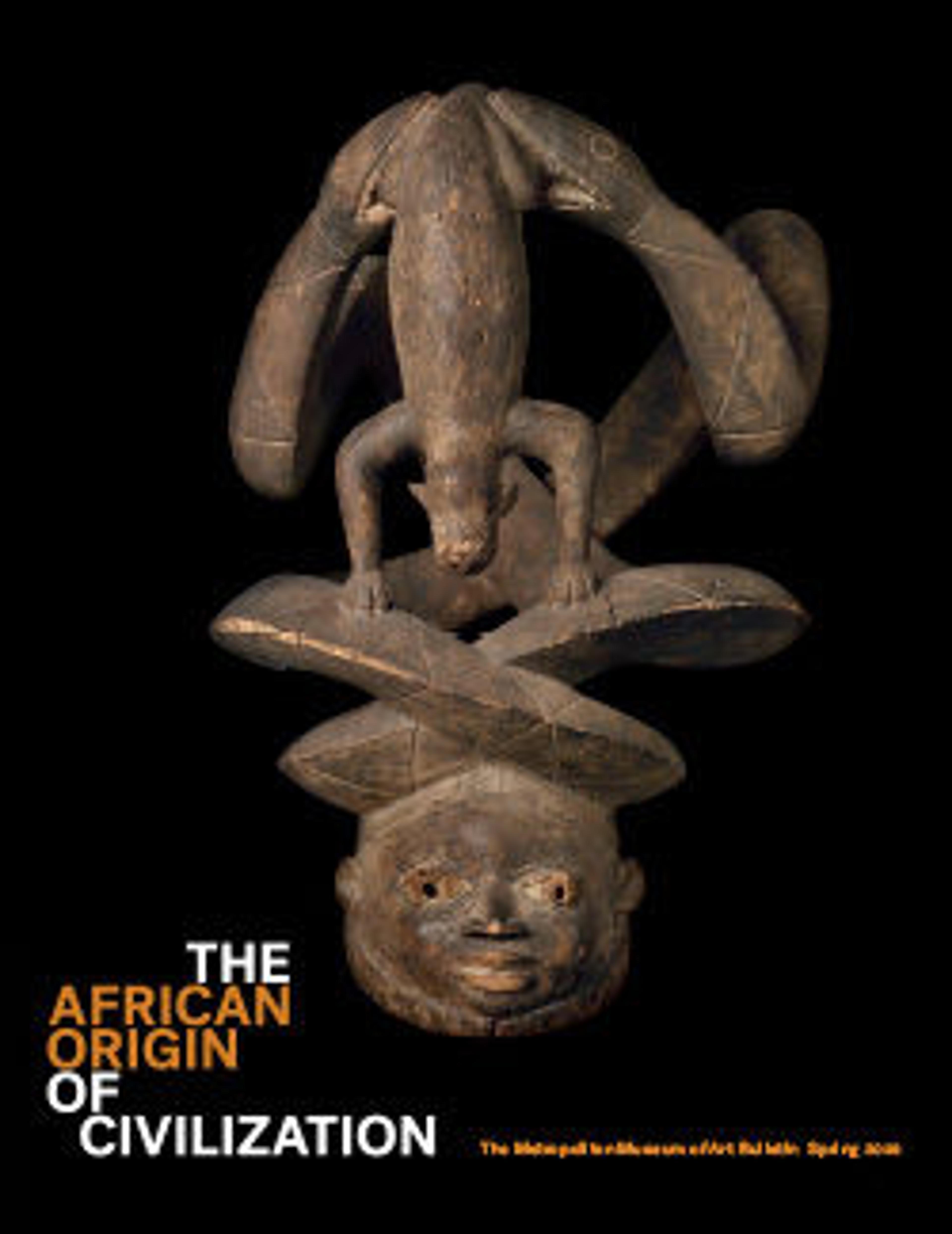The Statue of the Official Mitry
Mitry (previously read as "Merti") was a high official and provincial governor. Eleven exceptionally large wooden statues were found in the serdab (statue chamber) of his tomb. Five are in the collection of The Metropolitan Museum of Art (26.2.2 - 26.2.6); five, including two wooden scribes, are in the Egyptian Museum, Cairo; and one is in the Medlhavsmuseet, Stockholm.
Most of these statues represent Merti in various aspects of his life and career, denoted by changes in wigs and garments. Surprisingly, three statues of women were also present, each in a different wig.
Here Mitry wears his hair short, his figure is subtly softer and more aged, and he wears a kilt with a projecting front panel.
Most of these statues represent Merti in various aspects of his life and career, denoted by changes in wigs and garments. Surprisingly, three statues of women were also present, each in a different wig.
Here Mitry wears his hair short, his figure is subtly softer and more aged, and he wears a kilt with a projecting front panel.
Artwork Details
- Title: The Statue of the Official Mitry
- Period: Old Kingdom
- Dynasty: Dynasty 5
- Reign: reign of Isesi–Unis
- Date: ca. 2381–2323 B.C. probably
- Geography: From Egypt, Memphite Region, Saqqara, Tomb of Merti, Egyptian Antiquities Service excavations
- Medium: Acacia, gesso, paint
- Dimensions: H. 101 × W. 51.3 × D. 43.7 cm (39 3/4 × 20 3/16 × 17 3/16 in.)
- Credit Line: Rogers Fund, 1926
- Object Number: 26.2.4a–c
- Curatorial Department: Egyptian Art
More Artwork
Research Resources
The Met provides unparalleled resources for research and welcomes an international community of students and scholars. The Met's Open Access API is where creators and researchers can connect to the The Met collection. Open Access data and public domain images are available for unrestricted commercial and noncommercial use without permission or fee.
To request images under copyright and other restrictions, please use this Image Request form.
Feedback
We continue to research and examine historical and cultural context for objects in The Met collection. If you have comments or questions about this object record, please contact us using the form below. The Museum looks forward to receiving your comments.
